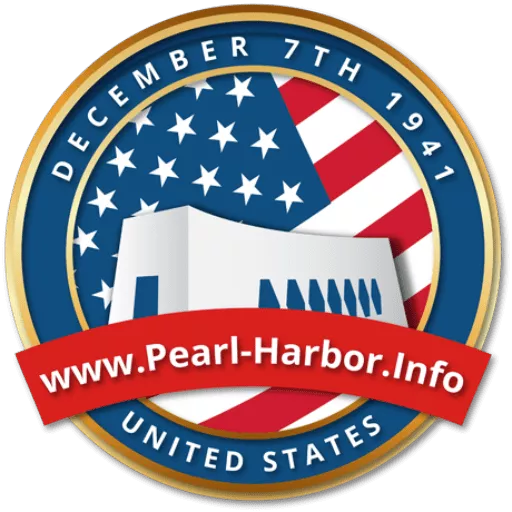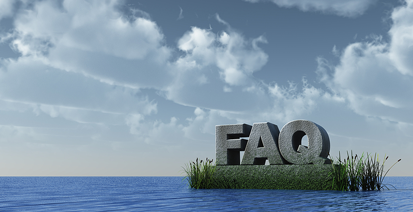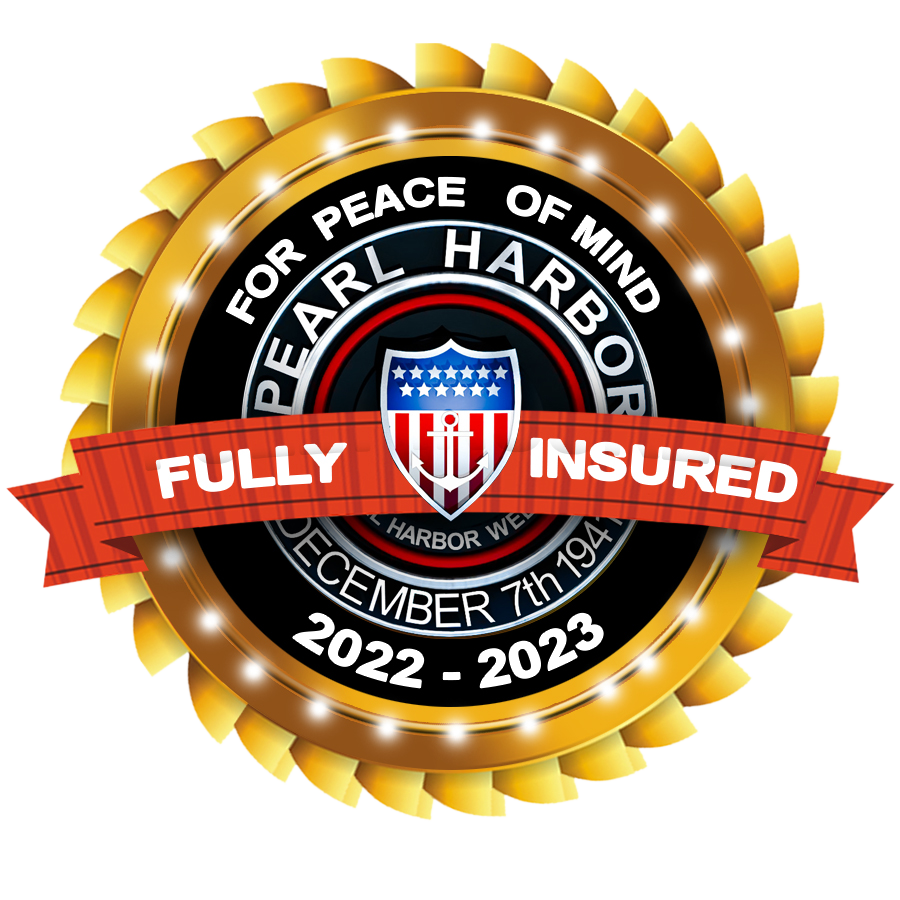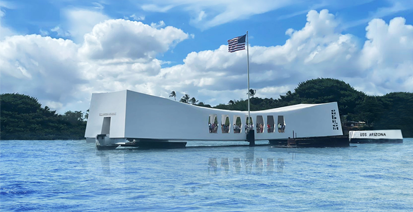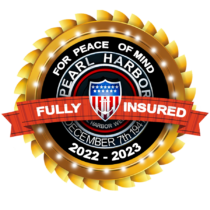History Of Pearl Harbor Before WWII

Liliuokalani (1899), Halftone print, Jose de Olivares (1867-1942), author Walter B. Townsend, photographer, Digital scan from page 422 of volume 2 of Our islands and their people as seen with camera and pencil. St. Louis: N. D. Thompson Publishing Co., PD-US
Queen Lili’uokalani and the Kingdom of Hawaii were overthrown in Honolulu on January 17, 1893. The US Navy soon established its headquarters and base at Pearl Harbor. Later, when the US won the Spanish/American War of 1898, it acquired Guam and the Philippines from Spain. Thus, Hawaii and its Navy base at Pearl Harbor became more critical than ever for the US expansion in the Pacific.
Then in 1873, rapid change in Hawaii occurred due to the death of King Lunalilo. The new Hawaiian King Kalakaua, in 1875, gave the US Navy exclusive rights to use Pearl Harbor for repairs and coaling. Unfortunately, King Kalakaua’s reign was not long, and he died in 1891 and was succeeded by Queen Lili’uokalani.

Colonel David Kalakaua, photograph by King. He is wearing the Royal Order of Kamehameha I which he received in 1867., Joseph W. King, Mission Houses Museum https://hmha.missionhouses.org/items/show/12317, PD-US

Portion of H.O. chart #1800 showing parcels of land to be acquired by the U.S. Government through the Secetary [sic] of the Navy by condemnation, proceedings for naval purposes at Pearl Harbor, Hawaii Territory, Naval Appropriation Act, March 3, 1901, Newton, H. E.; Breckinridge, Sophonisba P. (Sophonisba Preston), https://www.loc.gov/item/2002622183/, PD-US
In1868, the Commander of the Pacific Fleet visited Honolulu and inspected Pearl Harbor. Soon after, the US Congress appropriated $50,000 to deepen the entrance at the mouth of Pearl Harbor. Visitation of US Ships increased, and Navy Officers were getting involved in internal affairs of the Hawaiian government, arbitrating business disputes, negotiating trade deals with other nations, and maintaining law and order.
Throughout the 1820s and 1830s, many American military vessels visited Honolulu. Their captains usually carried high-level correspondence for Washington, advising the Hawaiian monarchies on government affairs and how to handle relations with other foreign governments. In 1841, the local Honolulu newspaper did an editorial on why the US should establish a military base in Honolulu to protect the US citizens and its whaling industry.

Title: U.S.S. Bennington & U.S.S. Yorktown, Brother Bertram Subjects: Ships; Honolulu Harbor Island: Oahu, Brother Bertram Photo Collection, PD-USGov

Ships at anchor in Pearl Harbor, Honolulu, Hawaii, ca. 1899, Unknown author, : H. Ambrose Kiehl Photograph Collection, University of Washington, PD-US
Initially, Pearl Harbor could only accommodate small sailing ships and canoes because the mouth of the harbor entrance was so shallow. The United States became interested in Pearl Harbor due to its strategic military location, support for its whaling industry, and possible trading potential with Asia and the South Pacific. In the early 1820s, the US-appointed an “Agent of Commerce and Seamen” and created“the American Board of Commissioners for Foreign Missions” in Honolulu. American missionary families were sent to Hawaii, and many became involved in commerce and local politics.
The Shark Goddess of Pearl Harbor was the home of the legendary Hawaiian Shark Goddess named Ka’ahupahau. She lived at the harbor entrance and was known for aiding fishers, protecting the life of the seas, and driving off man-eating sharks. Her stories and legends are still told today by both the Hawaiians and the residents who live around Pearl Harbor, and the National Park Service has two displays of her tales at the Pearl Harbor Visitor Center.

The Arizona Memorial Museum Store has a range of exclusive jewelry dedicated to the Shark Goddess.

Old photograph of the Heʻeia Fishpond at Kāneʻohe Bay, credited to Bernice P. Bishop Museum, George Kanahele (2002) [1986] Pauahi: the Kamehameha legacy, Kamehameha Schools Press ISBN: 0-87336-005-2, PD-US
The native Hawaiians mastered the practice of aquaculture through the development of fish ponds that were built throughout Hawaii. Some of the largest and most productive fish ponds were found at Pearl Harbor due to its calm and crystal-clear water, providing a substantial source of fish for Oahu.
Pearl Harbor is a vast lagoon harbor located on the island of Oahu, just west of Honolulu, the capital of Hawaii. Native Hawaiians originally called the Pearl Harbor area “Wai Momi,“ meaning “Water of Pearl,“ due to the millions of oysters in the harbor. These oysters were harvested for food by the locals until the bay was polluted during the second world war.
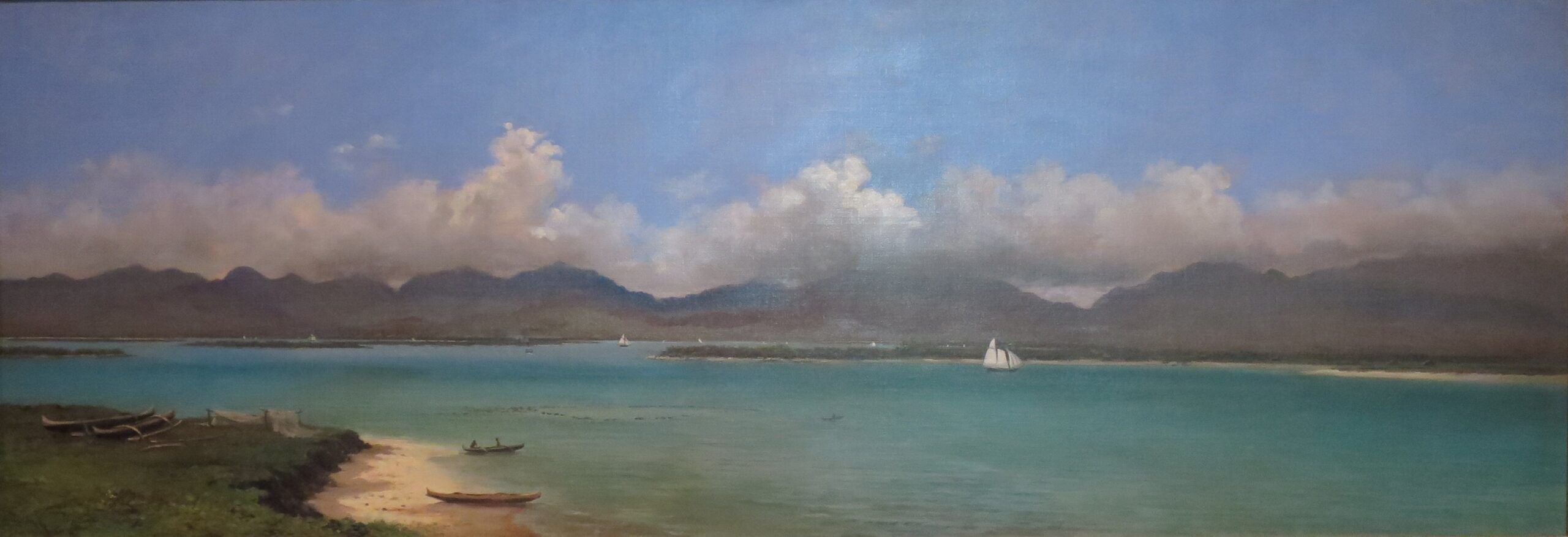
View of Pearl Harbor, oil on canvas painting by Joseph D. Strong, 1890, Bishop Museum, Joseph D. Strong, PD-US
